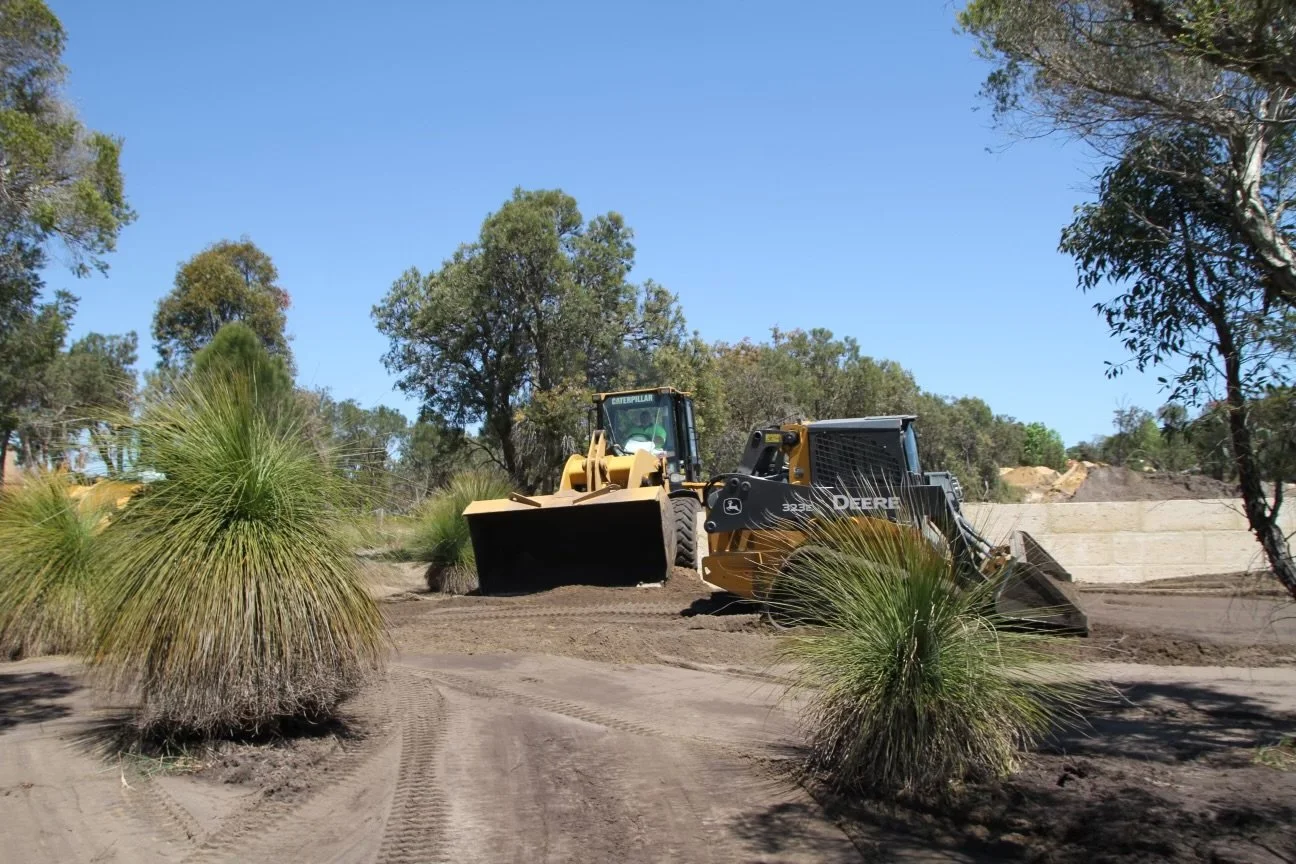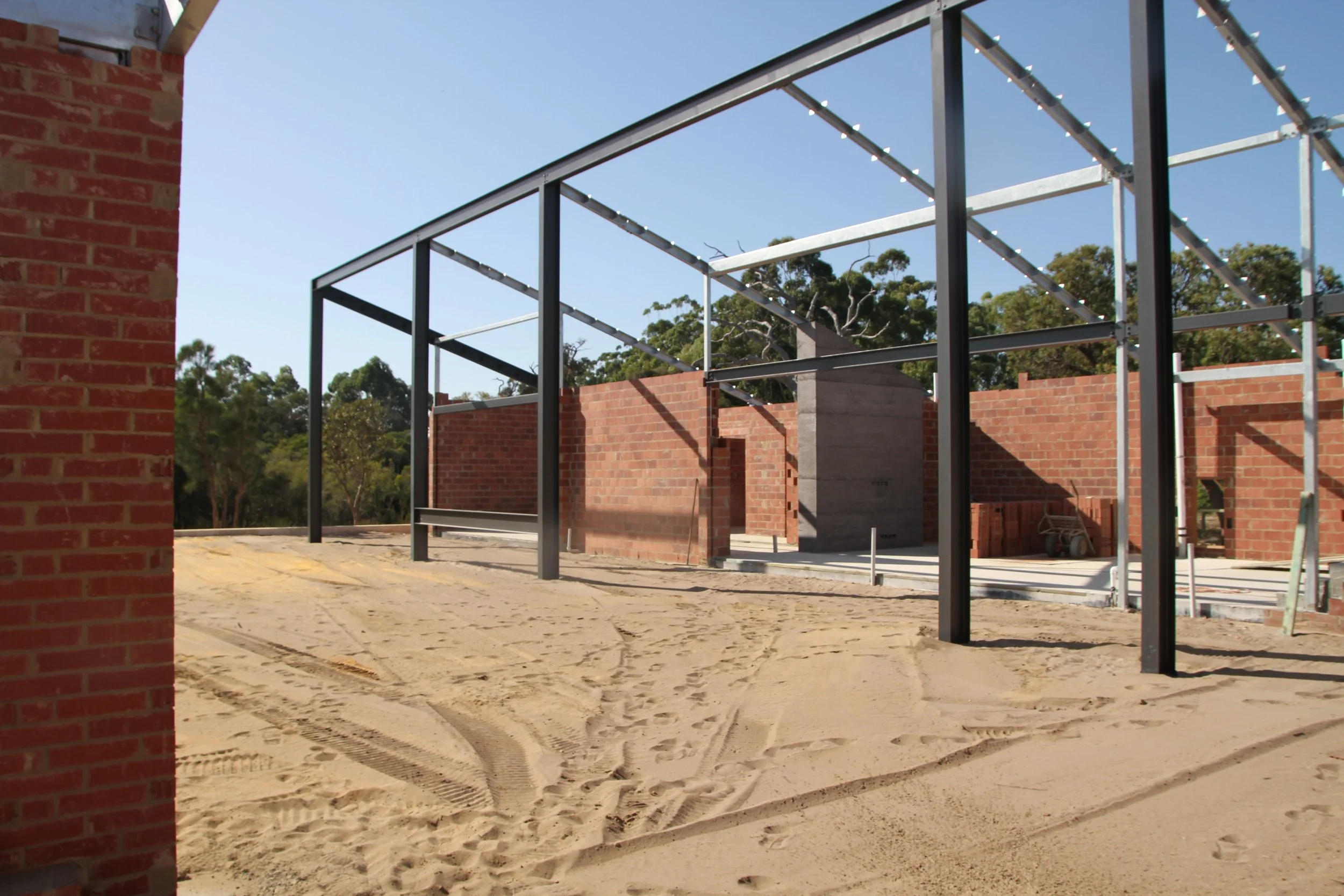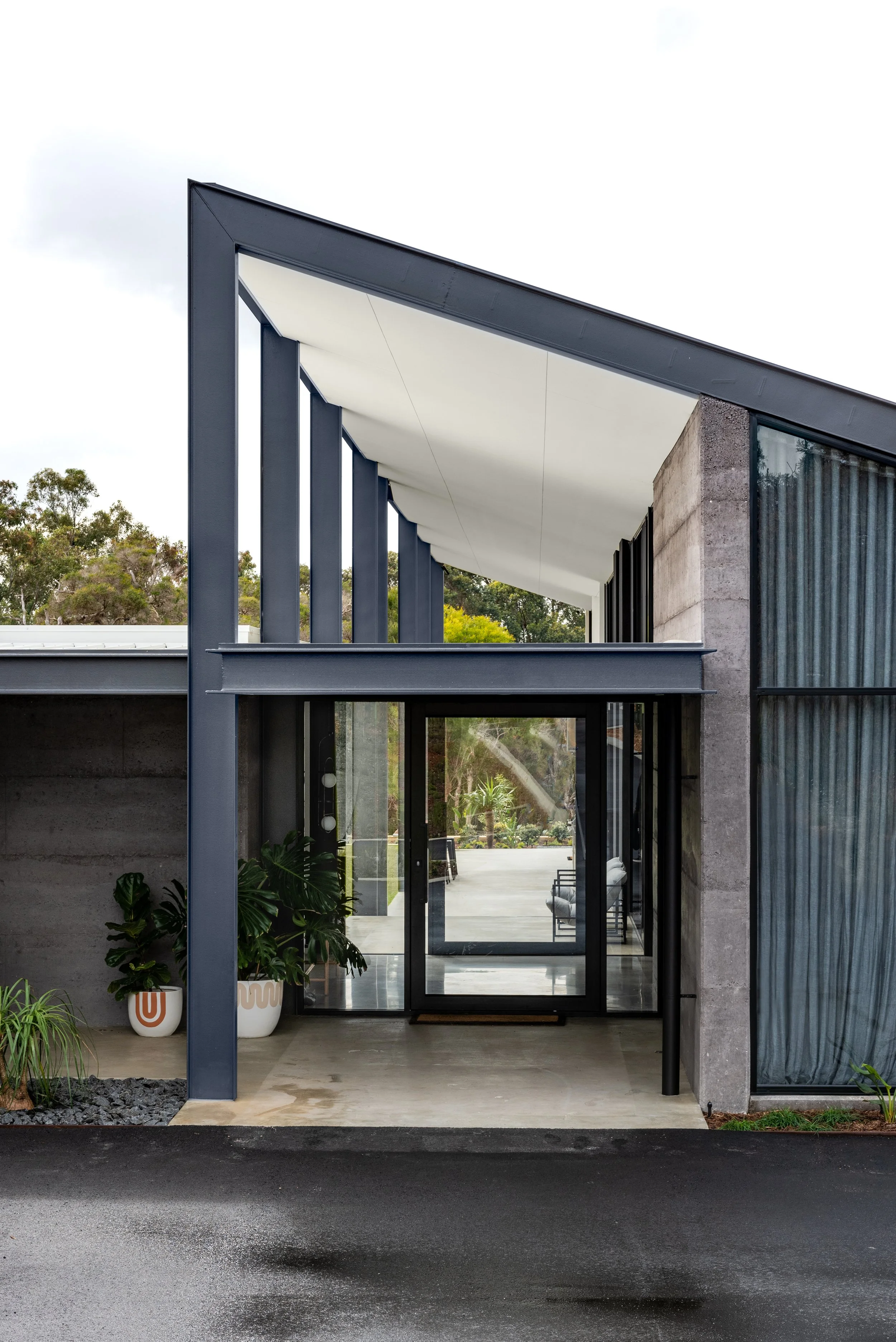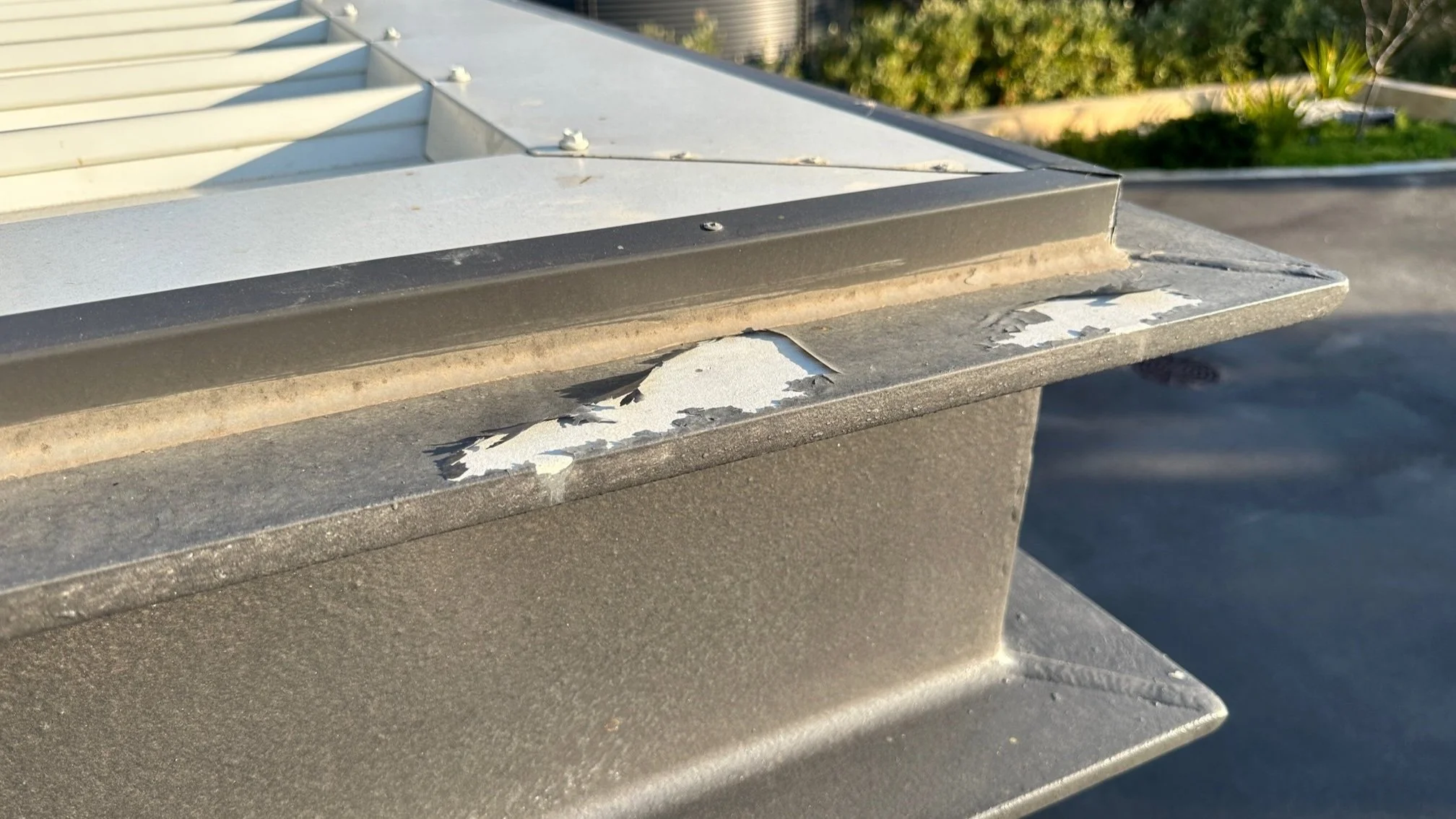When building a new house, the goal is usually to design what will become a home for decades to come. And considering the amount of resources, materials and money that goes into them, that’s exactly the way it should be. In our opinion, building for longevity can be one of the most financially and sustainably responsible decisions you can make in home design. So, it was no question when we decided to incorporate strict requirements on all of our job sites. What does this look like in practice?
START WITH THE PEOPLE
No matter the project, the ultimate success is almost entirely down to the people you’re working with. On Arklen construction sites, not only do we solely work with highly skilled qualified trades, but you won’t find a tradie working on anything that isn’t their speciality. There’ll be no concreters doing the formwork instead of carpenters, or tilers installing the plumbing. No, we’ve gone back to the way building was done before people started mass-producing homes, because even small mistakes can lead to big problems down the line.
ONTO THE FOUNDATION
Even before construction begins, we’ll start laying the groundwork for longevity during the site preparation. This starts with a much deeper soil sample than is typically expected, to ensure we get a full understanding of what we’ll be working on. Next, we rake at a minimum of 600mm to remove organic matter and hidden debris, and loosen the soil. Then, it’s a matter of bringing in the right machines to ensure a high level of soil compaction. This is all done with consideration for the entire site to reduce the natural movement of the soil in the long-term.
CHOOSING THE MATERIALS
As builders, we have full control over the structural materials used in a project—meaning virtually everything not visible to the eye. These are, quite literally, the building blocks of your home and can make or break its long-term durability. So, to be sure we’re making the best possible choices for your design, we carefully choose every single material with consideration for three important criteria: performance, lifespan and cost. While the criteria that takes priority will change according to the needs of each project, we’ll always do our best to find a solution that suitably meets all three.
Pair this with extensive knowledge of the industry and a simple interest in the goings on of the construction world and you can be sure we’ve thoroughly researched everything we’re using in your build.
If you do choose to work with us at Arklen, it’s important to understand that we do have a few non-negotiables that better guarantee the longevity of our builds. These include:
Fixings – After seeing untreated nails start rusting even before plaster has been installed, we’ll only ever use nails, bolts and other fixings that have been hot dipped galvanised. These will be protected from rust to make them stronger and longer-lasting.
Timber framing – For a similar reason, we’ll also only use H3 treated timber, which is typically recommended for external use. This is because it’s very common to have a long lead time between framing and lock-up where the timber is exposed to the elements. During this time, H3 will be much more durable and less likely to start deteriorating.
Termite protection – For better, more guaranteed protection, we’ll always opt for a physical termite barrier (such as mesh sheeting) instead of a chemical barrier.
H3 treated timber at Maldon Way.
CONSIDER THE SEQUENCE
On most construction sites, the building sequence works in much the same way as a production line. The goal is to bring a tradie in and let them finish their job all at once, so they won’t need to come back later in the construction timeline. While, at first glance, this may simply appear efficient, it can lead to a lower quality of work than when tradies are brought in multiple times to work at different stages of the build.
Take painting, for example. On a standard site, the painter would start working relatively late in the build and paint around any fixtures that have already been installed. This results in many unsealed areas and increases the risk of damage or peeling in the long-term. Instead, the painter should also come early in the build to paint areas that will be difficult to access later, such as exposed eaves before the roof is installed or behind any cabinetry.
Painting the steel framing that would be difficult to access later at Hausen Court.
PROJECT EXAMPLE – BANJUP
No matter where we are during a build, consideration for longevity is always top of mind for us at Arklen. In a unique example at our Hausen Court project in Banjup, we wanted to find a solution for the stunning expansive ceiling of their alfresco. Well out of reach for easy cleaning, we painted the area with a Wash & Wear paint that would allow them to spray it with a pressure hose. This, along with the fact that this paint is also less likely to crack from slight movements, will keep the ceiling looking good for much longer.
As mentioned: the difficult-to-reach ceilings at Hausen Court in Banjup.
Not long ago, these same clients also noticed that some paint had chipped on an external steel beam. As anyone would, they became concerned that rust would start to develop. Thankfully, just as in all our homes, we had used hot-dipped galvanised steel, which is also protected from rust. While they may still want to repaint this area to improve the aesthetics, there was no need to rush out of fear of permanent damage.
As you can likely guess, building for longevity does come with added costs in the short term. However, with fewer repair and maintenance costs in the long-term, a longer lifespan, and the sustainability benefits of longer-lasting materials, we have no doubt that it’s well-worth it. If you’d like to learn more don’t hesitate to get in touch and we’ll be happy to have a chat.






